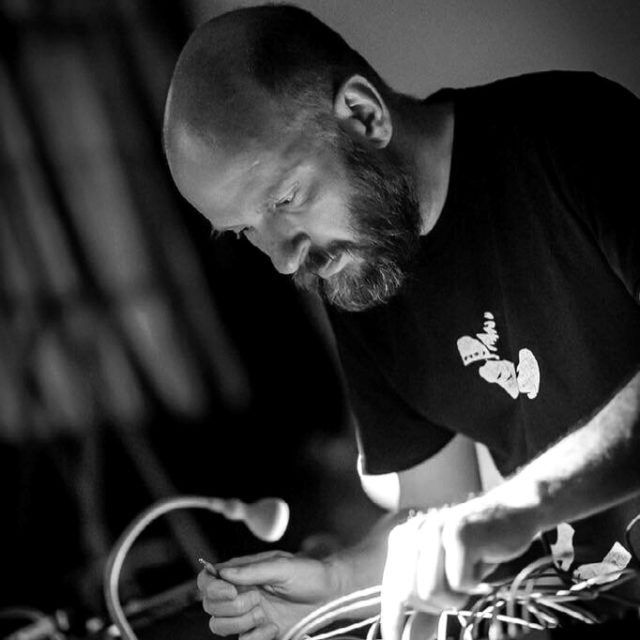Simon Kirby
How Cultural Evolution & Self-Domestication Created Structure in Language
Conferencista
-
Simon Kirby

Simon Kirby
I am Professor of Language Evolution at the University of Edinburgh and elected Fellow of the British Academy, Royal Society of Edinburgh, Cognitive Science Society, and a member of the Academy of Europe. I work in parallel on scientific and artistic investigations of cultural evolution and the origins of human uniqueness, particularly the evolution of language. I founded the Centre for Language Evolution, which has pioneered techniques for growing languages in the experiment lab and exploring language evolution using computer simulations. My artistic work includes Cybraphon, which won a BAFTA in 2009 and is now part of the permanent collection of the National Museum of Scotland.
Resumo →
Simon Kirby
How Cultural Evolution & Self-Domestication Created Structure in Language
Human language is unique in its widespread systematic structure at every level of description, making it radically different from all other communication systems in nature. Understanding where this structure comes from is one of the central explanatory goals for linguistics, and indeed cognitive science more generally. Tackling this question demands a fundamentally evolutionary approach to language. Such an approach needs to take into account not only the biological evolution of the cognitive predispositions for language in our species, but also how languages themselves are culturally evolving systems.
In this talk, I will present a series of experiments which show how we can investigate cultural evolution in the lab by creating miniature systems that are learned and used by multiple “generations” of participants. These demonstrate that the cultural process itself will give rise to systematic structure in behaviour in a way that can be directly compared to the emergence of new languages in the real world (for example, in emerging sign languages). However, I will also show, using an experiment with a population of baboons, that this isn’t in principle limited to humans, leaving mysterious why structured language is unique to our species.
I will address this mystery by setting out two biological prerequisites that need to be in place before cultural evolution will lead to language structure. These prerequisites are found separately in other species, but uniquely together in humans. At the end of the talk I will argue that the evolutionary process of self-domestication is what explains why this is the case. We are a domesticated ape, and domestication gives rise to cognitive mechanisms that support cultural evolution of exactly the right type to lead to linguistic structure.
